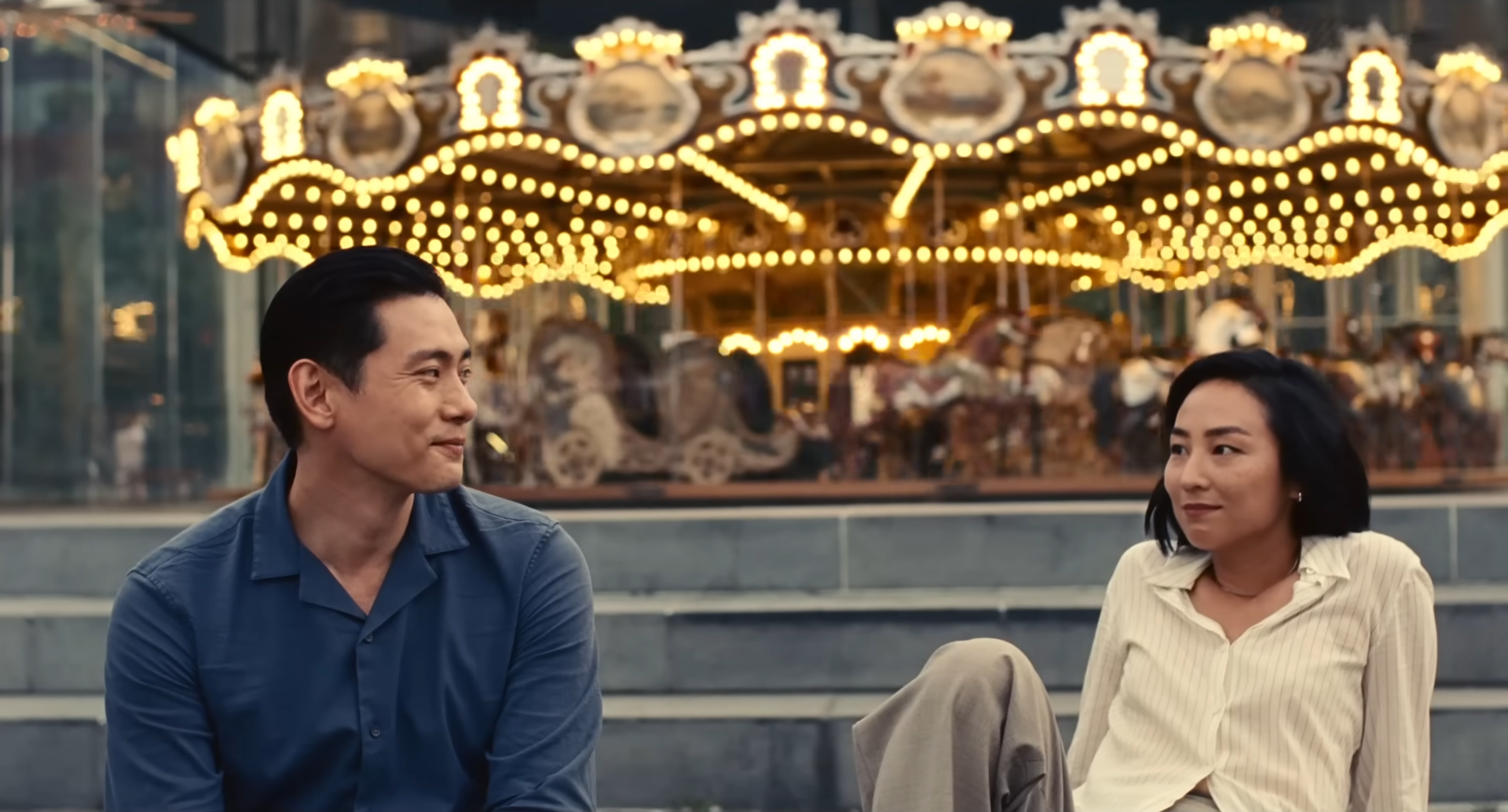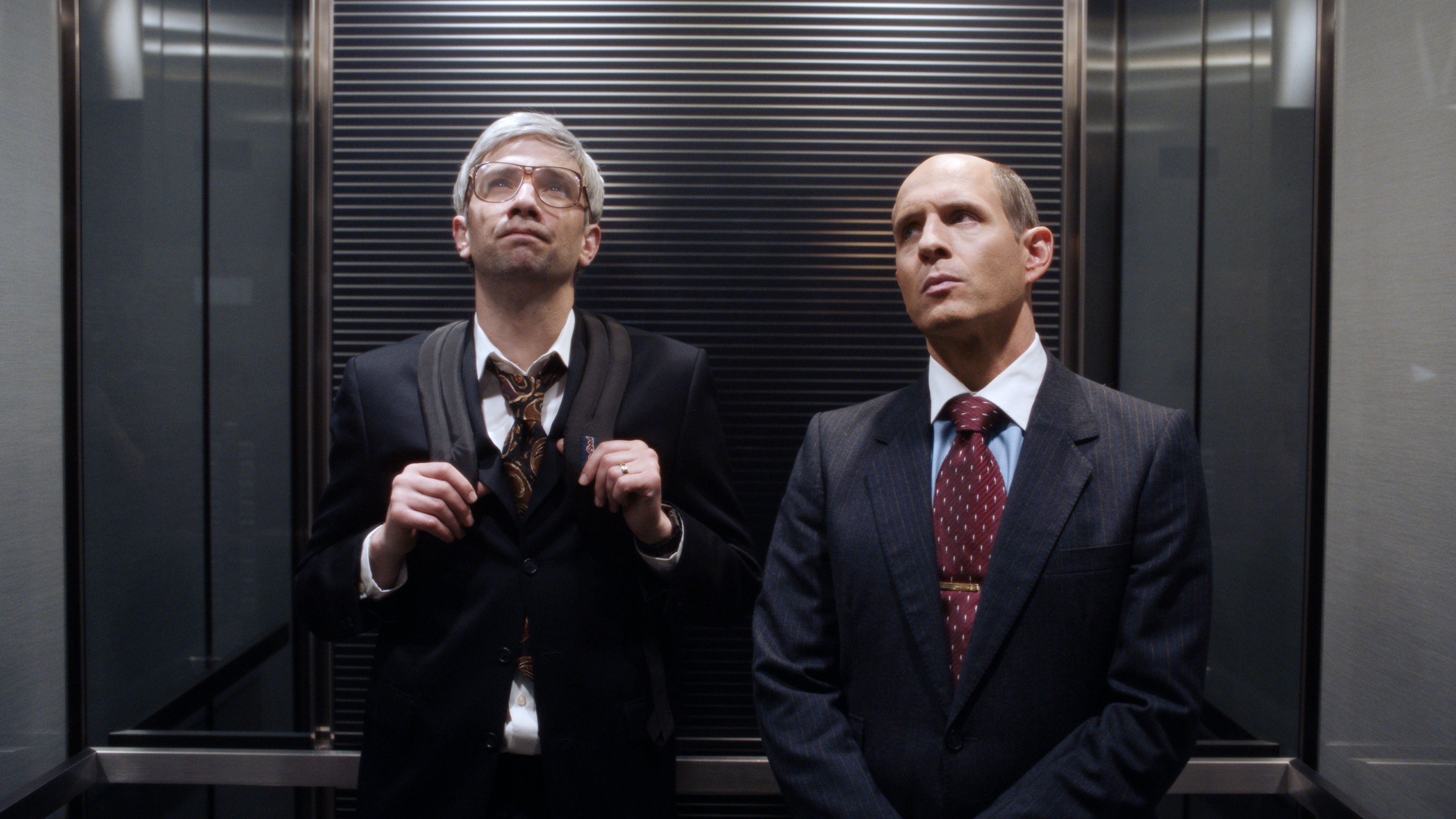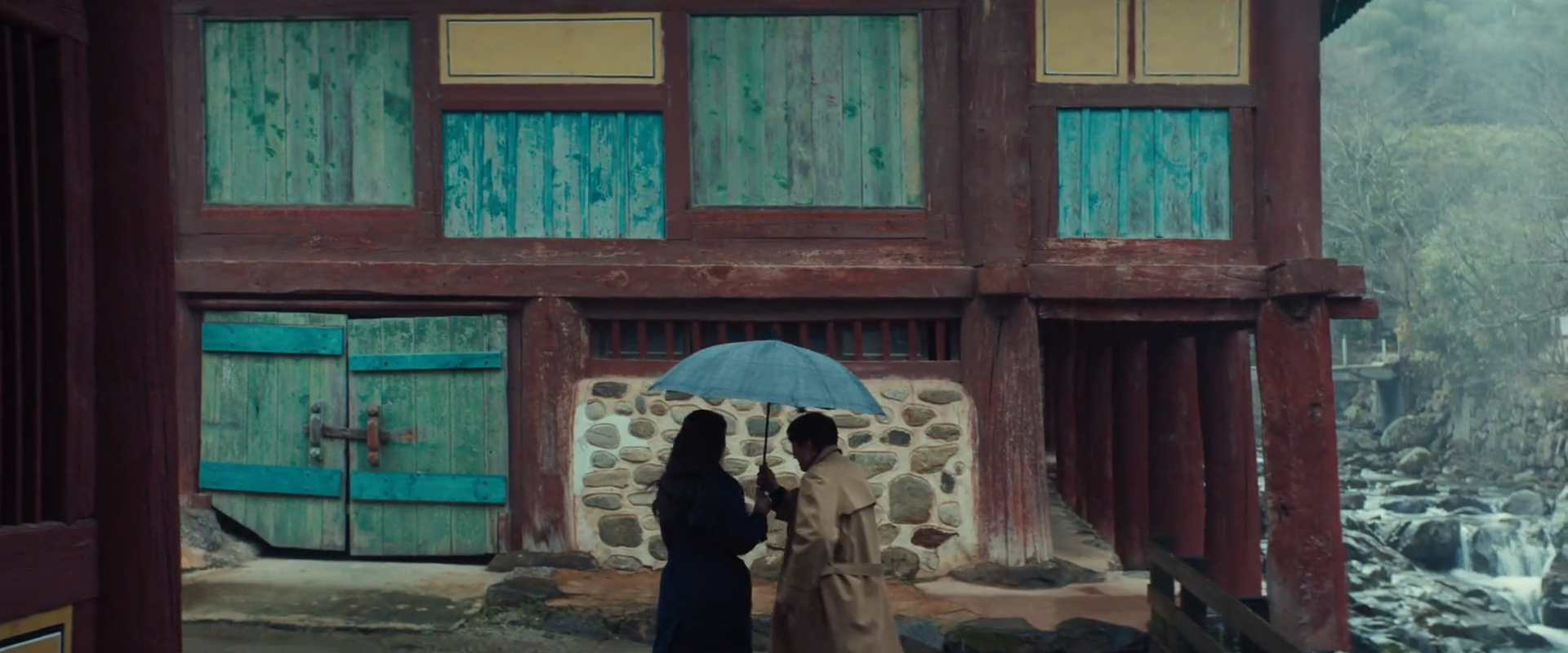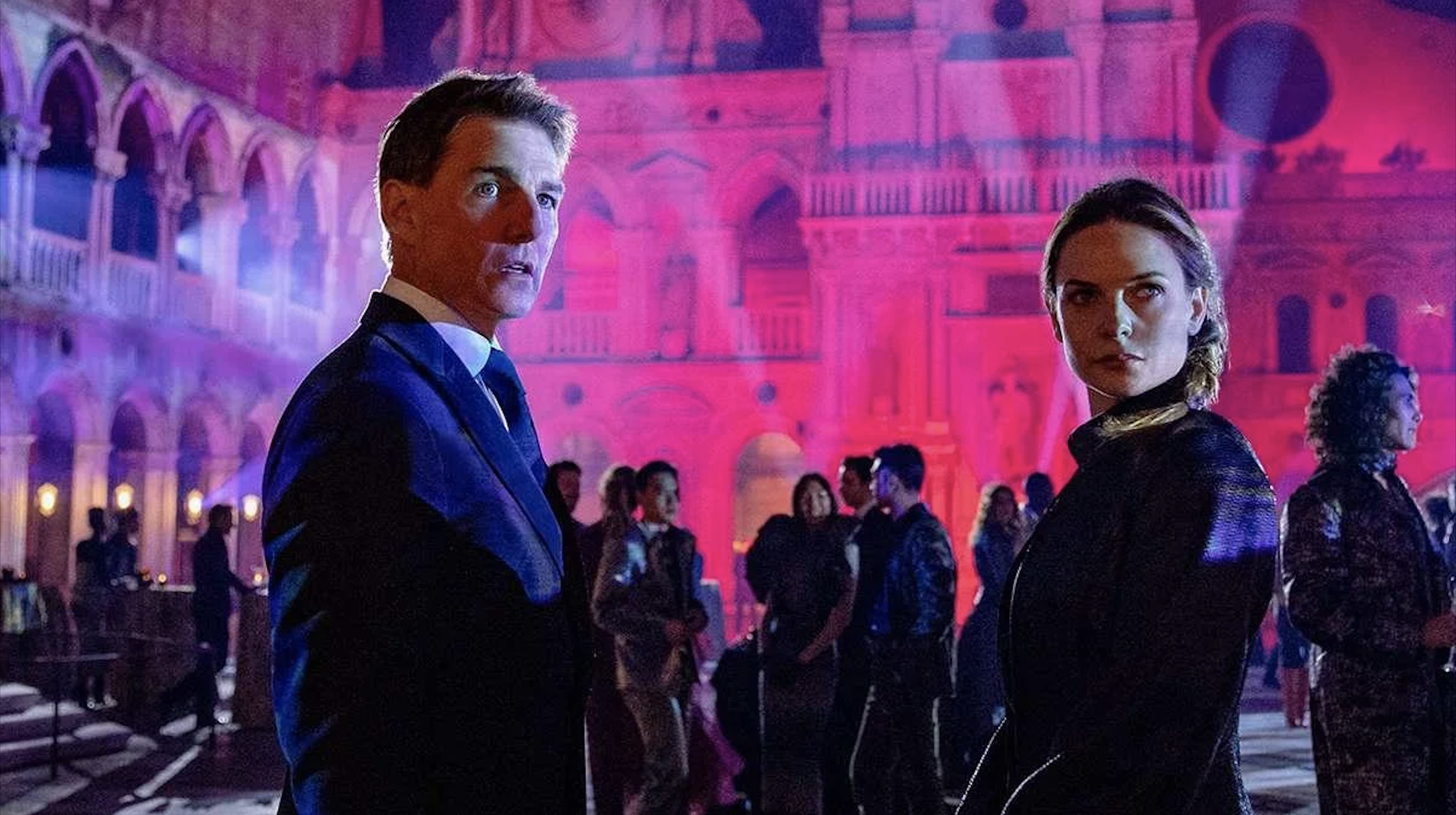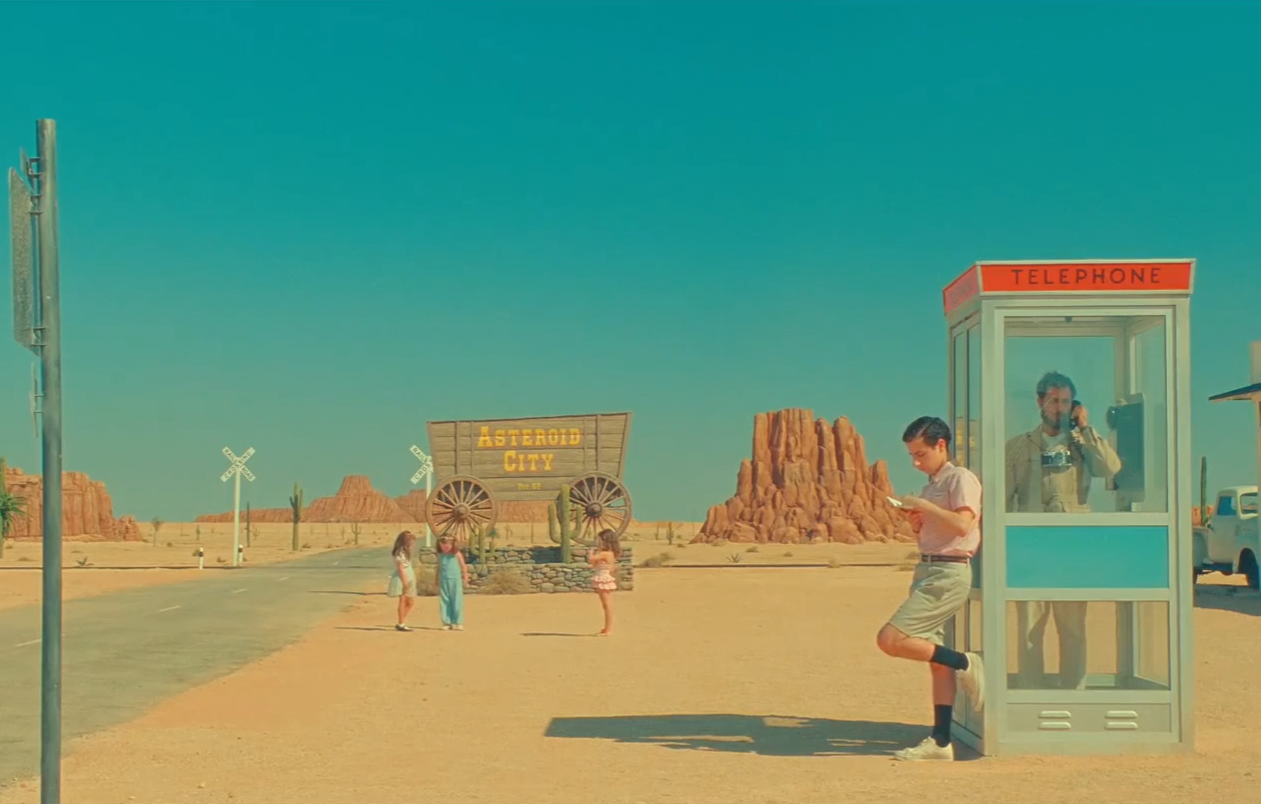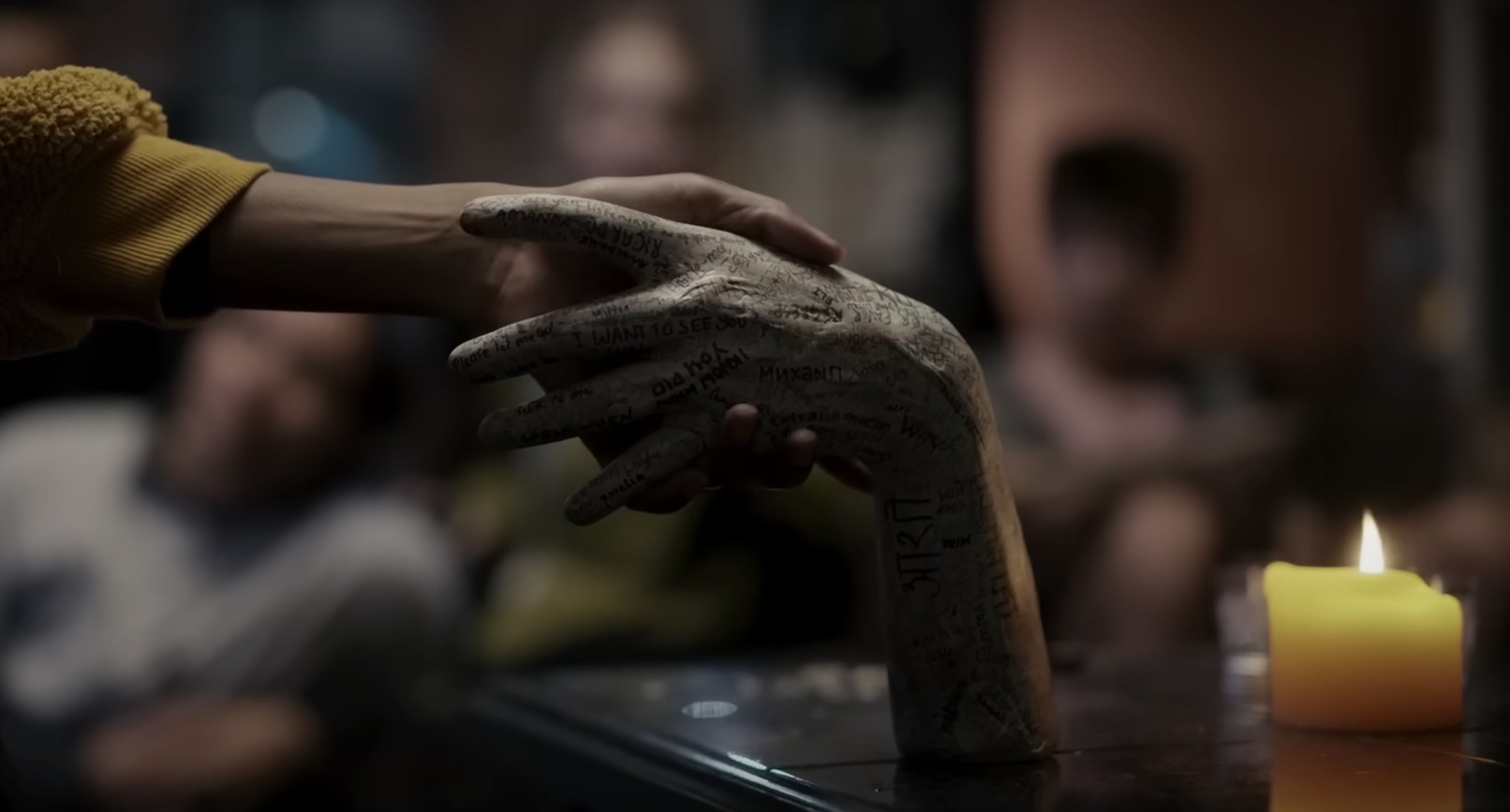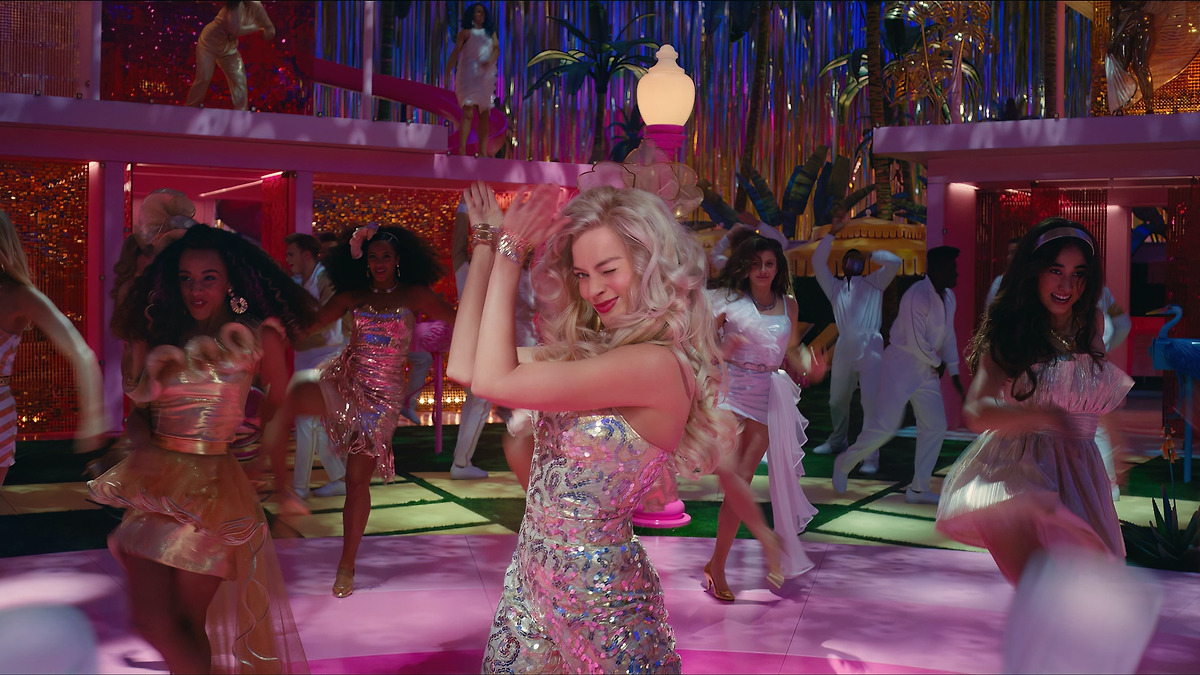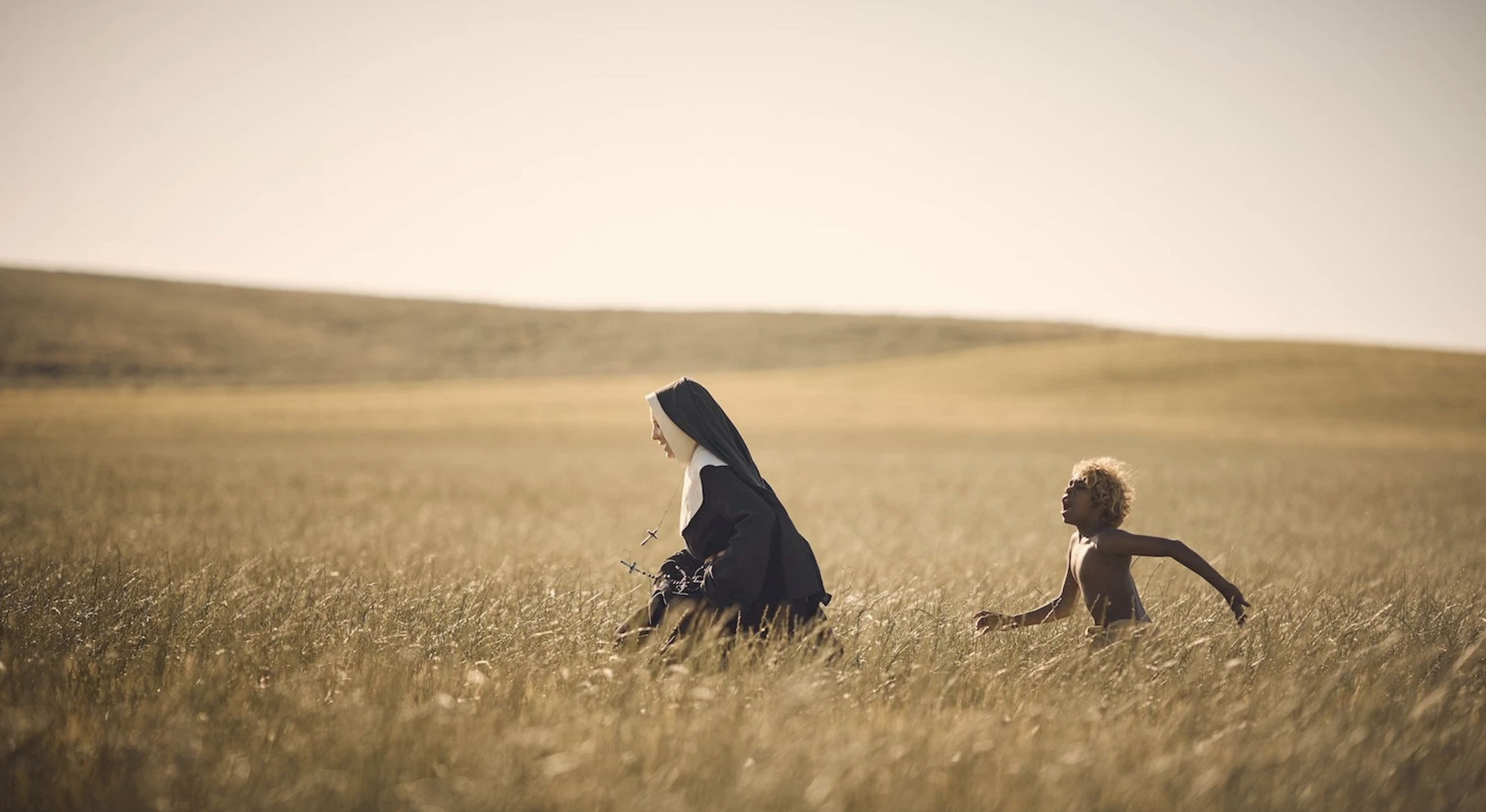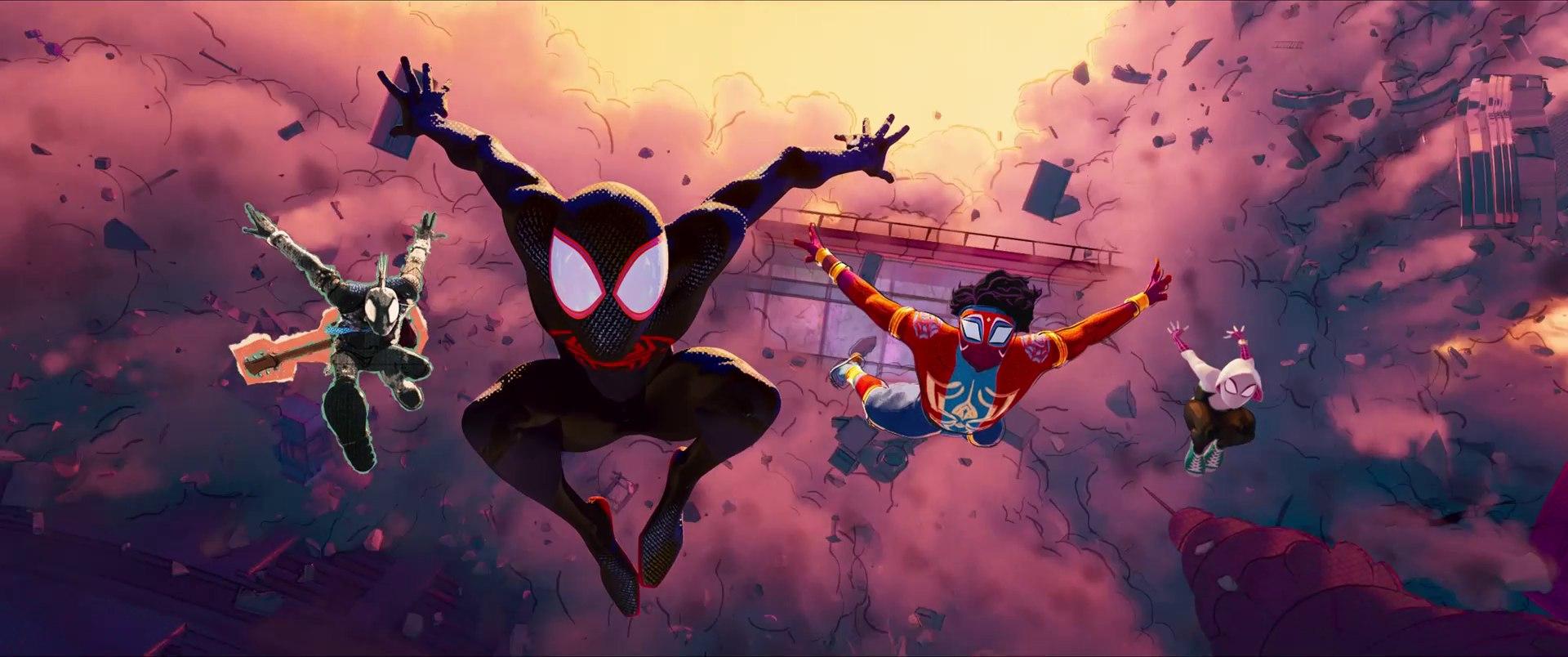Past Lives (2023)
The bittersweet romanticism of Past Lives flourishes in the sweet ambiguity between a Korean immigrant and her childhood sweetheart, weaving its metaphysical understanding of reincarnation through a triadic structure that intersects their paths every twelve years, and seeing the possibilities of their undefined love become infinite.

